Top 10 tourist place in india/ most attractive place in india ...
Description
1. Manali..
Manali is a resort town nestled in the mountains of the Indian state of Himachal Pradesh near the northern end of the Kullu Valley in the Beas River Valley. It is located in the Kullu district, about 270 km (168 mi) north of the state capital, Shimla, 309 km (192 miles) north east of Chandigarh and 544 km (338 miles) northeast of Delhi, the national capital. The small town, with a population of 8,096, is the beginning of an ancient trade route to Ladakh and from there over the Karakoram Pass on to Yarkand
2.Goa..
Goa is a state on the southwestern coast of India within the region known as the Konkan, and geographically separated from the Deccan highlands by the Western Ghats. It is surrounded by the Indian states of Maharashtra to the north and Karnataka to the east and south, with the Arabian Sea forming its western coast.
3.Darjeeling..
Darjeeling is the headquarters of the Darjeeling district which has a partially autonomous status within the state of West Bengal. It is also a popular tourist destination in India.
The recorded history of the town starts from the early 19th century when the colonial administration under the British Raj set up a sanatoriumand a military dep…
4. Nainital..
Nainital , also spelled as Naini Tal, is a popular hill station in the Indian state of Uttarakhand. Nainital is the judicial capital of Uttarakhand, the High Court being located here, and is the headquarters of the Kumaon division as well as an eponymous district. It also houses the Governor of Uttarakhand, who resides in the Raj Bhavan.
Nainital is located in the Kumaon foothills of the outer Himalayas at a distance of 285 km (177 mi) from the state capital Dehradun and 345 km (214 mi) from New Delhi, the capital of India. Situated at an altitude of 2,084 metres (6,837 ft) above sea level,
5.Taj Mahal agra...
The Taj Mahal is an ivory-white marble mausoleum on the south bank of the Yamuna river in the Indian city of Agra. It was commissioned in 1632 by the Mughal emperor Shah Jahan (reigned from 1628 to 1658) to house the tomb of his favourite wife, Mumtaz Mahal; it also houses the tomb of Shah Jahan himself. The tomb is the centrepiece of a 17-hectare (42-acre) complex, which includes a mosque and a guest house, and is set in formal gardens bounded on three sides by a crenellated wall
6.Jal Mahal Jaipur...
Jal Mahal (meaning "Water Palace") is a palace in the middle of the Man Sagar Lake in Jaipur city, the capital of the state of Rajasthan, India. The palace and the lake around it were renovated and enlarged in the 18th century by Maharaja Jai Singh II of Amber.
7. Golden Temple..
The Golden Temple, also known as Harmandir Sahib, meaning "abode of God" or Darbār Sahib, meaning "exalted court" (Punjabi pronunciation: [d̪əɾᵊbaːɾᵊ saːɦ(ɪ)bᵊ]), is a Gurdwara located in the city of Amritsar, Punjab, India. It is the holiest Gurdwara and the most important pilgrimage site of Sikhism.
The temple is built around a man-made pool (sarovar) that was completed by Guru Ram Das in 1577
8.Thar Desert Rajasthan..
The Thar Desert, also known as the Great Indian Desert, is a large arid region in the northwestern part of the Indian subcontinent that covers an area of 200,000 km (77,000 sq mi) and forms a natural boundary between India and Pakistan. It is the world's 17th largest desert, and the world's 9th largest subtropical desert.
About 85% of the Thar Desert is located within India, with the remaining 15% in Pakistan. In
9.Kerala...
Kerala is a state on the southwestern Malabar Coast of India. It was formed on 1 November 1956, following passage of the States Reorganisation Act, by combining Malayalam-speaking regions. Spread over 38,863 km (15,005 sq mi), Kerala is the twenty-third largest Indian state by area. It is bordered by Karnataka to the north and northeast, Tamil Nadu to the east and south, and the Lakshadweep Sea to the west. With 33,387,677 inhabitants as per the 2011 census..
10. Kashmir..
Kashmir is the northernmost geographical region of the Indian subcontinent. Until the mid-19th century, the term "Kashmir" denoted only the Kashmir Valley between the Great Himalayas and the Pir Panjal Range.
Today, it denotes a larger area that includes the Indian-administered territories of Jammu and Kashmir and Ladakh, the Pakistani-administered territories of Azad Kashmir and Gilgit-Baltistan, and Chinese-administered territories of Aksai Chin and the Trans-Karakoram Tract.


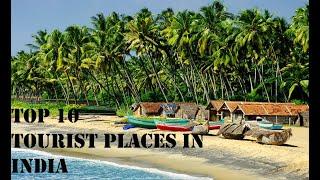
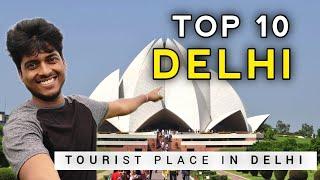
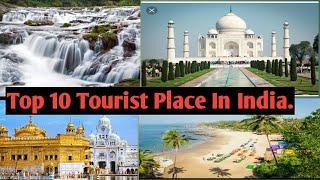
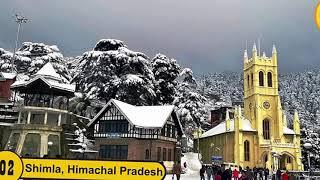
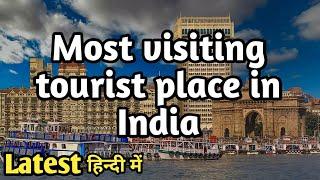
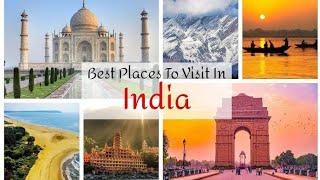
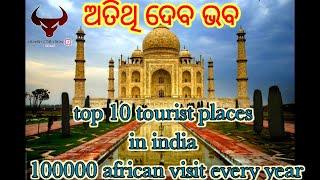
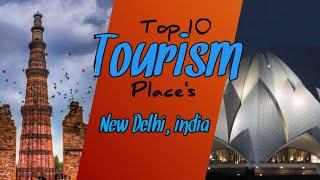
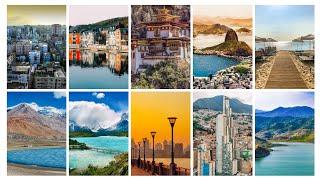
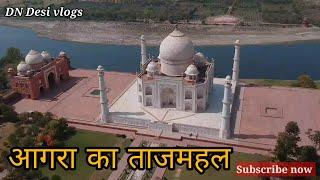
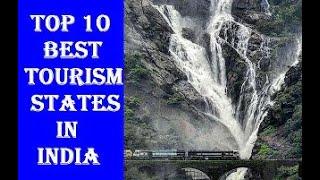

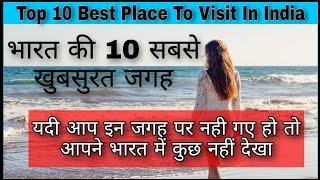
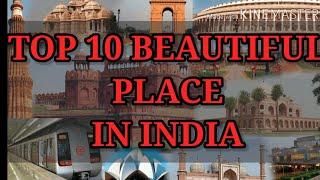





Comments